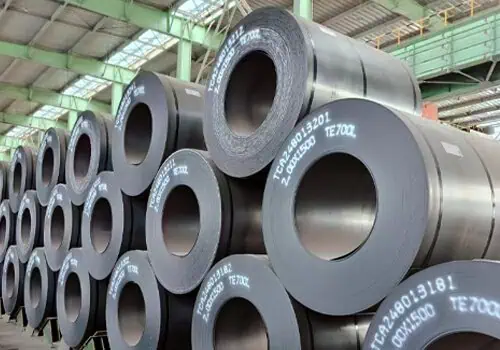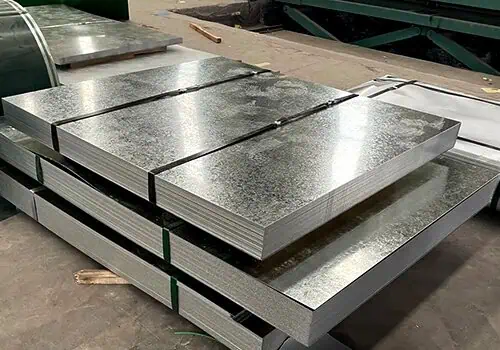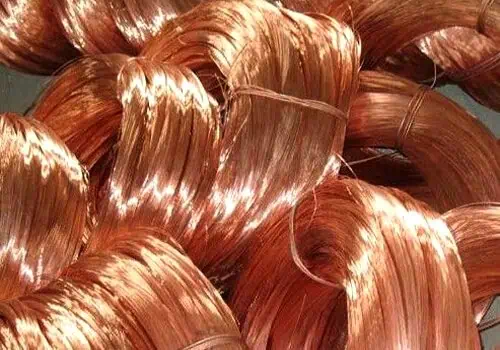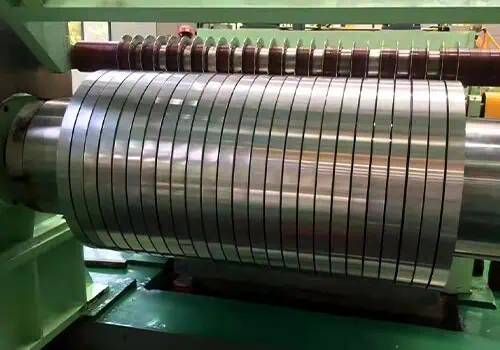Struggling to source the right steel coils hot for your project? Learn how hot rolled steel serves multiple industries and helps reduce costs while maintaining strength.
What is hot rolled coil steel used for? Hot rolled coil steel is used in construction, automobilistico, shipbuilding, machinery, and manufacturing industries. It offers excellent formability, weldability, and cost-efficiency. Common applications include structural beams, vehicle frames, bridges, e tubi.
Let’s explore where and why hot rolled steel is so essential across global industries.
What Are the Primary Uses of Hot Rolled Coil Steel?
Hot rolled steel is a reliable industrial material due to its high strength and flexibility. Its widespread availability and low cost make it a preferred material for infrastructure and equipment.
Hot rolled steel is commonly used for structural components in buildings, shipbuilding plates, automotive chassis, and industrial machinery. These applications rely on its durability and cost-effectiveness.
In construction, hot rolled coil steel is used to produce beams, columns, and frames for high-rise buildings and bridges. In automotive manufacturing, it’s molded into parts such as bumpers, frames, and undercarriages. Heavy industries utilize rolled coils for cranes, bulldozers, and other machinery. What’s the reason? It provides dependable performance at a competitive price.

How Does Hot Rolled Coil Steel Differ from Cold Rolled Steel?
If you’re comparing materials for a project, understanding the difference between hot rolled and cold rolled steel is crucial. Their performance and processing vary significantly.
Hot rolled steel is processed at extremely high temperatures, making it easier to shape but with a rough finish. Cold rolled steel, on the other hand, is rolled at room temperature and provides greater strength and smoother surfaces.
When comparing hot rolled steel vs cold rolled steel, think of hot rolled for strength and volume, and cold rolled for precision and aesthetics. Cold rolling offers tighter dimensional tolerances, but hot rolled coils remain the top choice for structural uses due to affordability and scalability.
What Are the Benefits of Using Hot Rolled Coil Steel?
For buyers like Tony sourcing from China, hot rolled steel provides numerous benefits, particularly when balancing quality and price.
Hot rolled coil steel is less expensive than cold rolled steel, easier to produce in large quantities, and more weldable. It can withstand stress and impact well, making it popular in construction and heavy industry.
Its availability in steel coil hot form shortens production lead times.
Furthermore, its ability to form into a variety of shapes without cracking contributes to waste reduction. Tony would agree that lower costs result in higher margins when reselling into markets such as Brazil.
How Is Hot Rolled Coil Steel Manufactured?
Understanding the hot rolled steel definition begins with its production process. The method explains many of its properties.
Hot rolled steel is made by heating steel above 1,700°F (926°C)—its recrystallization temperature—then rolling it into sheets or coils while still hot. This produces steel coils hot that are easily shaped and scalable for bulk production.
The resulting rolled coils cool to room temperature and are coiled for transportation. The surface is frequently scaly or rough, but this has no bearing on applications where appearance is not important, such as internal structural parts or base frameworks.
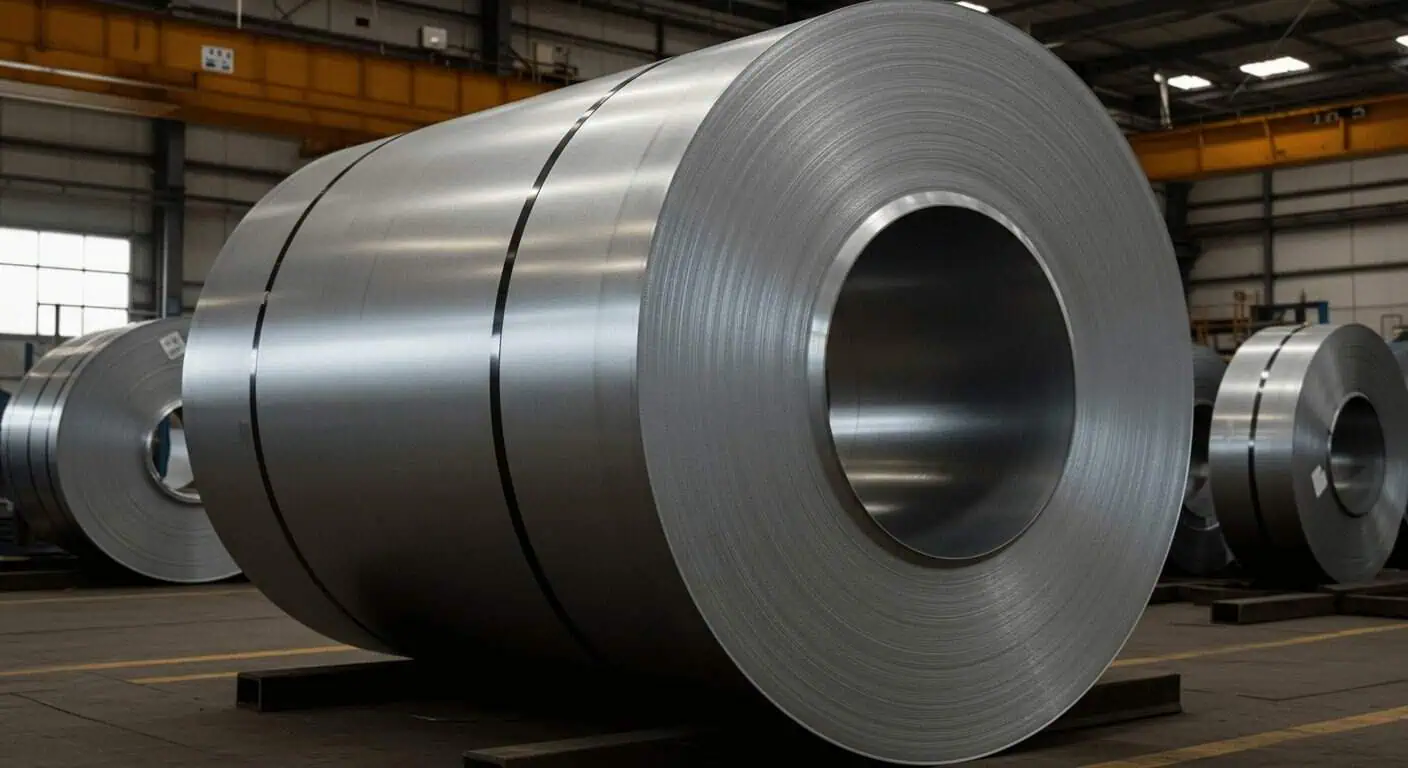
What Are Some Challenges with Hot Rolled Coil Steel?
No material is perfect, and hot rolled coil steel has some limitations that buyers should be aware of.
Surface imperfections, lower dimensional accuracy when compared to acciaio armato freddo, and susceptibility to corrosion if not treated are all common issues.
Because of the uncontrolled cooling process, hot rolled steel may shrink unevenly, affecting precision. Its scaly surface may require pickling or oiling if aesthetics or smoothness are needed. For environments exposed to moisture or chemicals, protective coatings or galvanized finishes are often necessary.
What Are the Grades of Hot Rolled Steel Coils?
Different grades of hot rolled coil steel are designed for different applications. Understanding these can help buyers select the right material for structural integrity and compliance.
Common grades include ASTM A36, A1011, SS400, and S235JR. Each varies in tensile strength, carbon content, and intended use.
Per esempio, A36 is often used in general construction, while A1011 is suitable for automotive frames. SS400 and S235JR are popular in Southeast Asia and the Middle East. Choosing the correct grade ensures performance and regulatory compliance in the target market.
What Are the Disadvantages of Hot Rolled Steel?
Although hot rolled coil steel is dependable, it is not appropriate for all applications. Let’s look at its drawbacks.
Its main disadvantage is the rough surface finish caused by the hot rolling process. Furthermore, it lacks the dimensional accuracy required by some high-precision industries, such as aerospace and consumer electronics.
Hot rolled steel rusts easily if not treated or coated. Moisture exposure during transport in logistics or international shipping can increase the risk of rusting. These disadvantages must be carefully considered when looking for high-end or visible products.

What Are the Three Types of Hot Rolled Steel?
There are three main types of hot rolled steel, each offering unique properties suited for specific industries.
These are acciaio al carbonio, alloy steel, and mild steel.
Carbon steel has high strength and hardness, making it ideal for industrial and structural use. Alloy steel includes elements like chromium or nickel to enhance corrosion resistance. Mild steel, with its low carbon content, is highly workable and easy to weld, making it perfect for general construction and automotive parts.
Knowing these types allows buyers to match the appropriate material to the product’s performance requirements.
How Do You Identify Hot Rolled Steel?
Being able to identify hot rolled steel visually can save time during quality control or inspection.
It usually has a dark gray color, rough texture, and rounded edges. The finish may feel slightly oily or have visible mill scale (oxidation) left over from the hot rolling process.
If you’re inspecting steel coils hot off a container or at a port, rough edges and surface oxidation are common indicators that you’re looking at hot rolled steel rather than cold rolled.
What Is the Most Popular Hot Rolled Steel?
Without a doubt, ASTM A36 is the most widely used hot rolled steel worldwide.
It provides an ideal balance of strength, flexibility, weldability, and cost. It’s ideal for structures, bridges, oil rigs, and heavy equipment, particularly in countries like Brazil, Argentina, and Mexico where infrastructure development is underway.
Because it meets multiple international standards, A36 is the first choice for importers who require consistency and performance across markets.
Riepilogo
Hot rolled steel is strong, affordable, and has a wide range of applications. Understand its applications and specifications so that you can source more effectively and better serve your clients.

